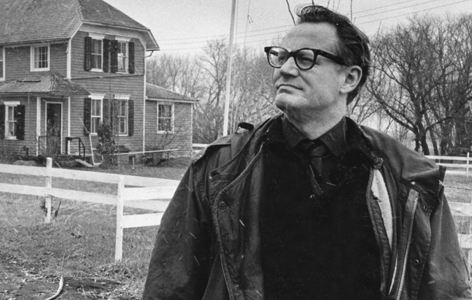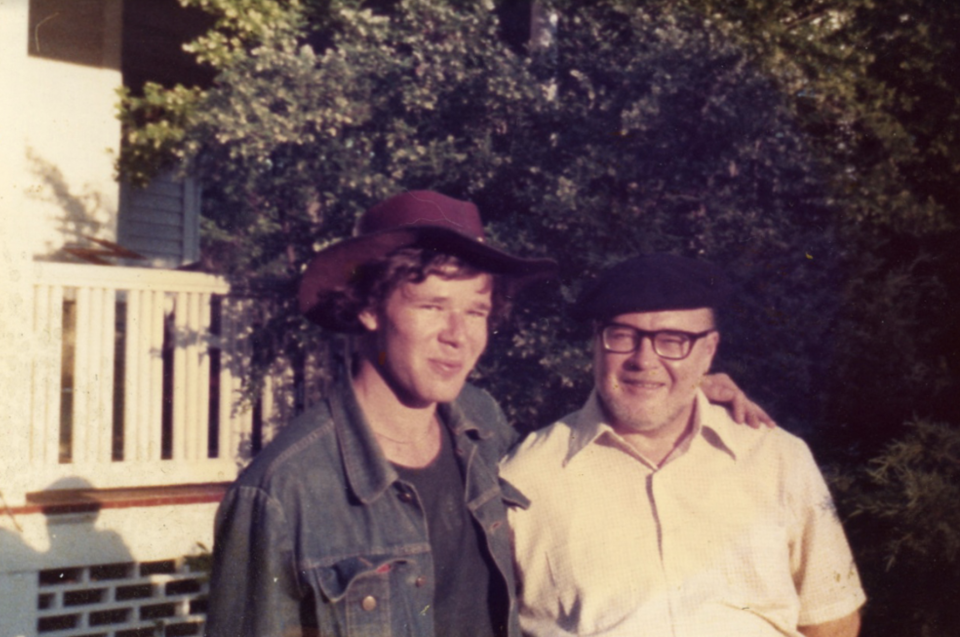The Deep Image and Ethnopoetics
IN THE LATE ’50S AND EARLY ’60S, another group important to the New American Poetry was emerging, primarily in New York. They were a sort of “in-between” generation—younger than most of the poets in the Allen anthology but older than the second-generation New York School or the Language poets. This group began publishing in magazines such as Some/thing, Poems from the Floating World, Trobar, Matter, and Caterpillar. Poets most closely allied with this group include Jerome Rothenberg, Robert Kelly, Clayton Eshleman, Diane Wakoski, David Antin, Paul Blackburn, Frank Samperi, Armand Schwerner, and George Economou.
The basic sense of deep image poetry, as distinct from Imagism, was, according to Robert Kelly, to “generate a kind of poetry not necessarily dominated by the images, but in which it is the rhythm of images which forms the dominant movement of the poem.” [8] Jerome Rothenberg would later describe the “deep image” as “a power, among several, by which the poem is sighted & brought close.” Investigations into deep image existed alongside and resonated with work in translation, performance, and an awareness of earlier avant-gardes and poetry from “those anonymous tribal & subterranean predecessors.”
Consequently, these poets were keenly aware of the need to build on the insights and discoveries of Dada and Surrealism. Ethnopoetics developed, in part, out of a growing awareness “that we weren’t just doing something new (which we were) but were getting back in our own terms to fundamental ways of seeing & languaging from which we (the larger ‘we’ of the Western enterprise) had long been cut off.” [9] Thus, ethnopoetics is a recognition of the “primitive” as a way to ease ourselves into the future. Alcheringa: Ethnopoetics, “a first journal of the world’s tribal poetries,” edited by Jerome Rothenberg and Dennis Tedlock, published five numbers in its first series (1970–73) and continued forward with a second series in 1975. Several of the issues contained phonograph records, including readings by Jaime de Angelo, Jackson Mac Low, and Anne Waldman.
New Wilderness Letter (edited primarily by Jerome Rothenberg but with the help of co- and guest editors) extended the ethnopoetics project into an exploration of the relation between old and new forms of art-making across the full spectrum of arts. One of the most interesting issues was New Wilderness Letter 11 (1982), entitied The Book, Spiritual Instrument, which Rothenberg coedited with anthropologist/poet David Guss. A significant contribution to the ethnopoetic project is to be found in the collection of anthologies edited by Rothenberg, including Technicians of the Sacred, Shaking the Pumpkin, America: a Prophecy (with George Quasha), and A Big Jewish Book.













